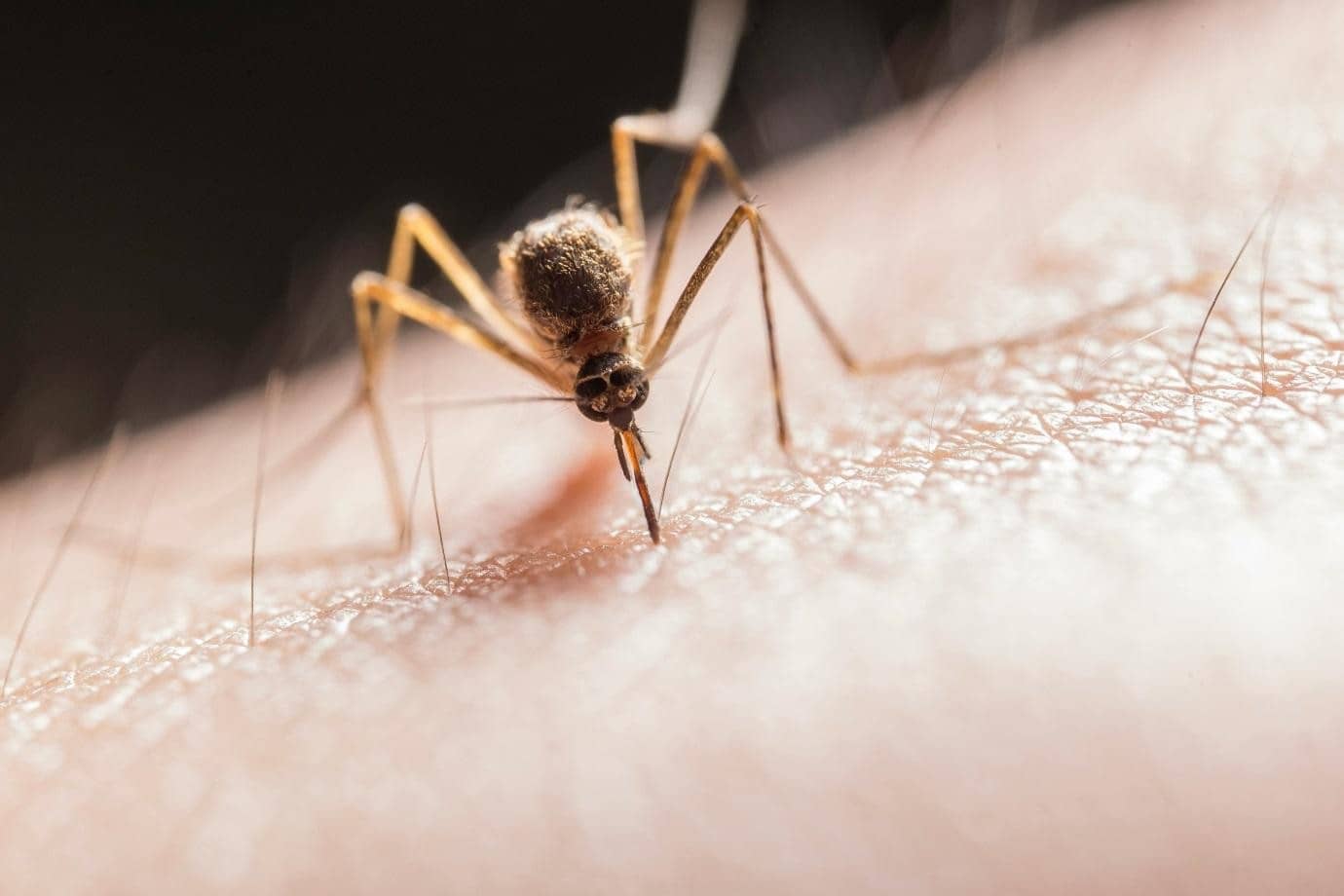According to the reports published by the Centre of Disease Control, a newly found Asian origin tick is found to have spread across eight states in the U.S. poses a severe threat to human and animal health. The Asiatic longhorned tick natively found in China, Japan and Korea never found its tale in the U.S. until Aug 2017, when the newly found tick, also scientifically known as Haemaphysalis longicornis, was reported having infected a pet Icelandic sheep in New Jersey, as per the reports published by New Jersey Department of Agriculture. Since then, 53 new cases of the incidence of the tick-borne infection among livestock, pet animals, humans and wildlife have been reported from different parts of the States.
Scientists have identified that the tick bites have posed serious health concerns for cattle, as it leads to loss of a large amount of blood being sucked, subsequently resulting in a drop-in milk production, and possibly death. This tick has found to be carrying a potent virus in Asiatic countries, leading to fatal hemorrhagic fever in animals and humans. However, no potentially harmful carrier pathogens have been found in the ticks collected in the U.S. until now. Lyle Petersen, director of the CDC’s Division of Vector-Borne Diseases, has stated that “We really don’t know if diseases will be spread by this tick in the United States and, if so, to what extent. But it’s very important that we figure this out quickly.”
Further research is in progress to find out the natural habitat and vectors of these ticks. Detailed observation has prevailed that the female ticks lay thousands of eggs at a time and can reproduce without mating. Given the reproductive characteristics of this new species, they pose a danger of explosion of tick population and tick-borne diseases here in the States.
John Aucott, MD, Director of the Lyme Disease Research Center at Johns Hopkins University Medical Center reported that this tick though carries a virus in the Far East, will not necessarily be affecting the people with the same diseases here in the U.S. Dr. Aucott further reiterates that the general public should be focused on rather more important things and one of those things is the “very real epidemic” of diseases being spread by ticks native to the United States, “instead of focusing on the theoretical risk of some exotic imported tick species.” He further stated that “people should be paying more attention to actually protecting themselves from these much bigger threats.”
However greater vigilance for further spread and any change in the characteristics of the tick-borne diseases in the US is the need of the hour. Coordination between various stakeholders can help the health authorities to be one step ahead before it becomes any major public health concern. An advisory issued by the health officials, educating the general public about conception, spread, and prevention of tick-borne diseases can go a long way in the community health domain. People’s own alertness about proper hygiene and health of the pets is an additional measure of prevention from this impending health risk.
Resource: https://www.washingtonpost.com/health/2018/11/29/new-tick-species-capable-transmitting-deadly-disease-is-spreading-us/?noredirect=on&utm_term=.026d5169b550




